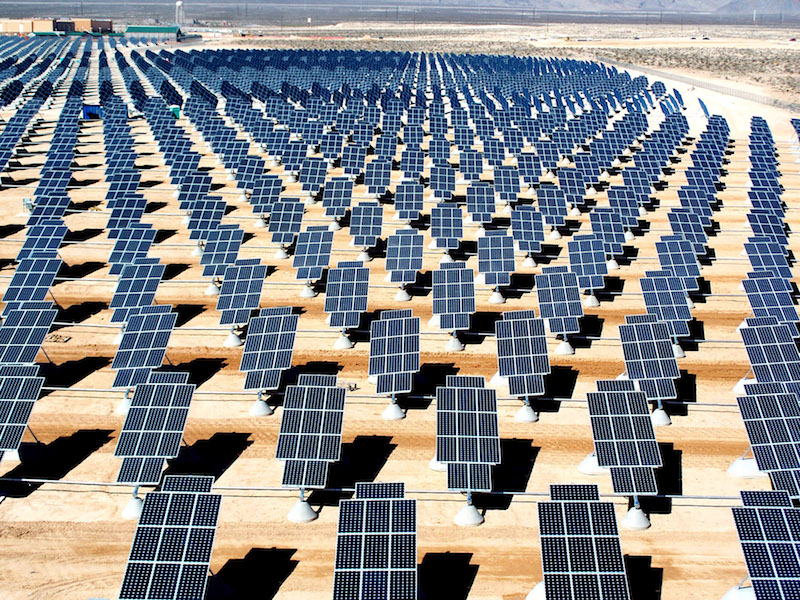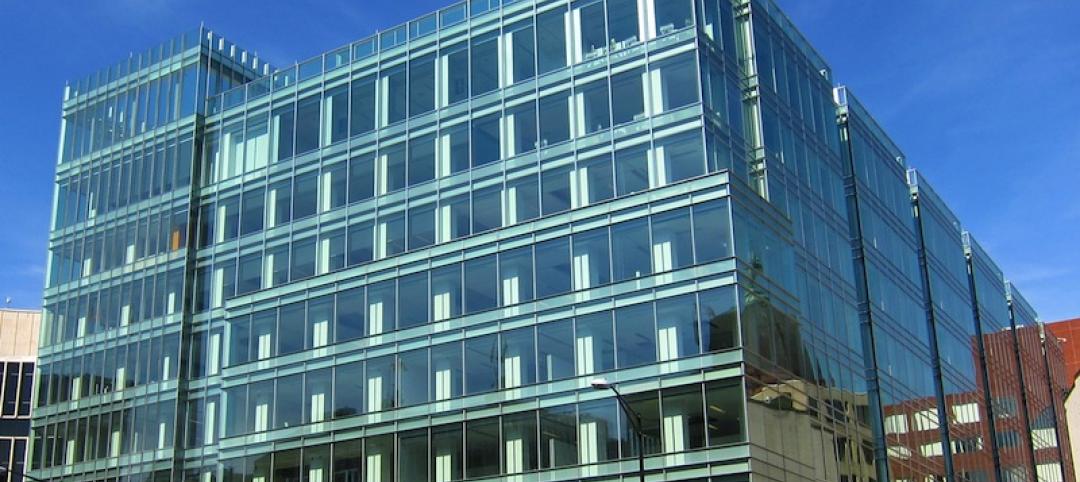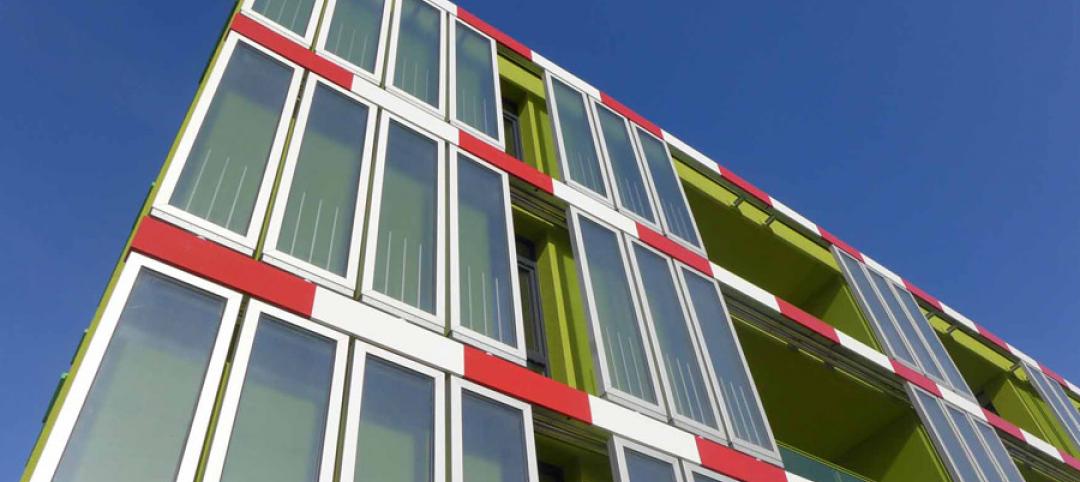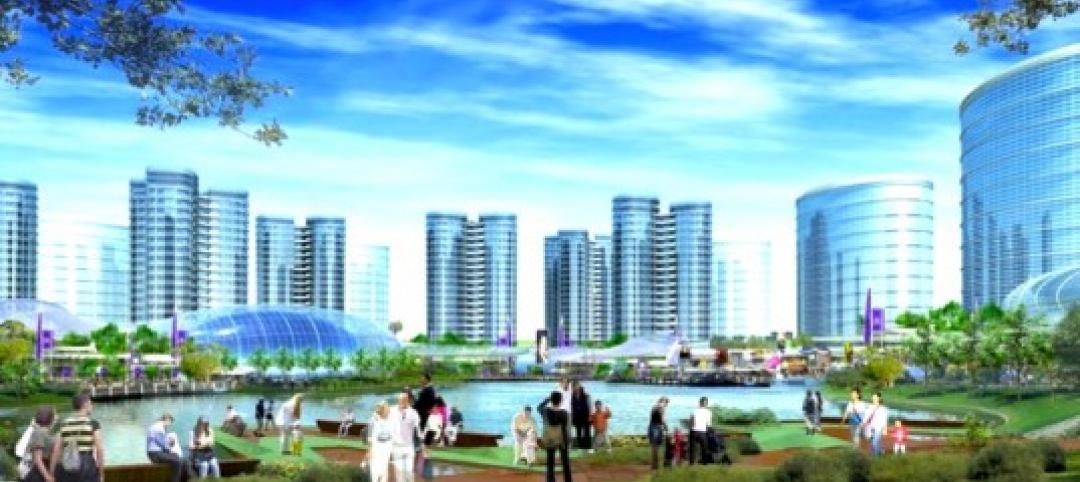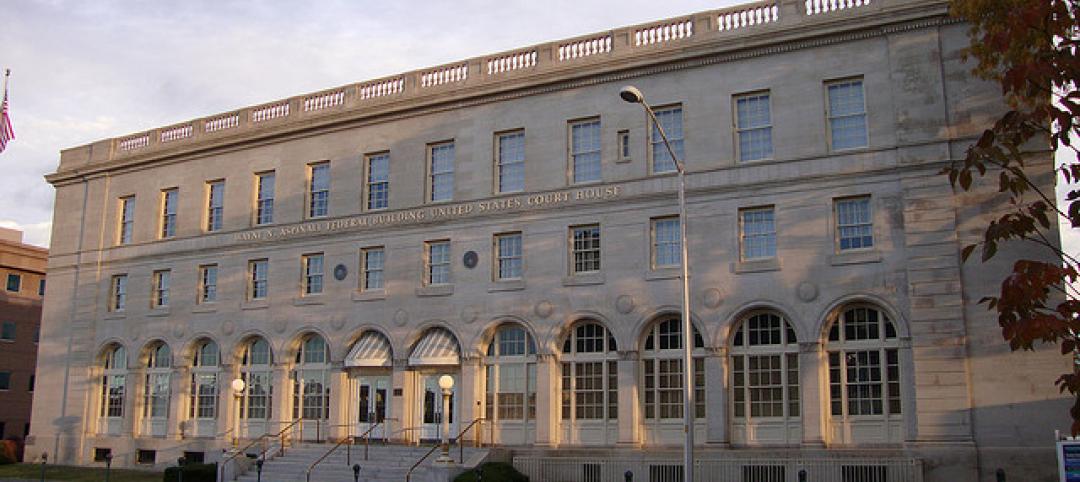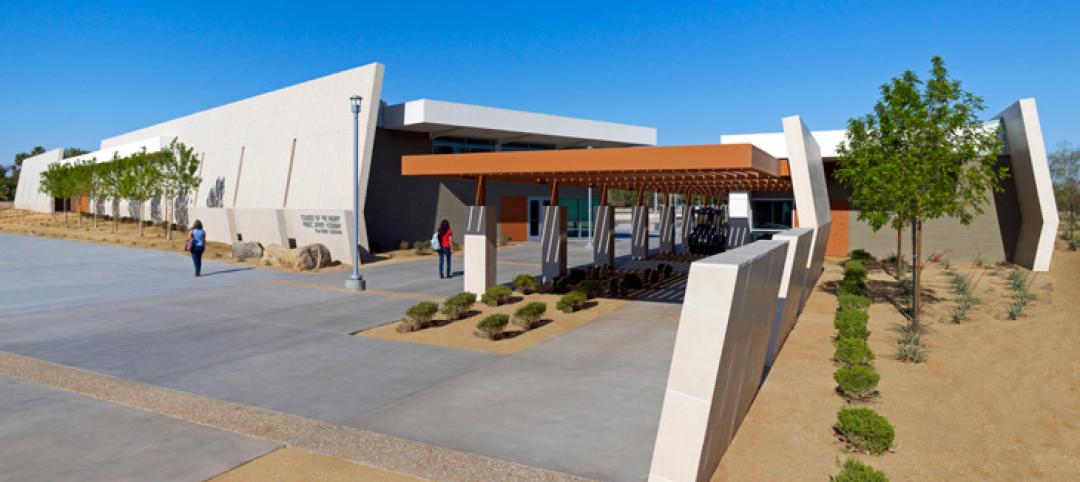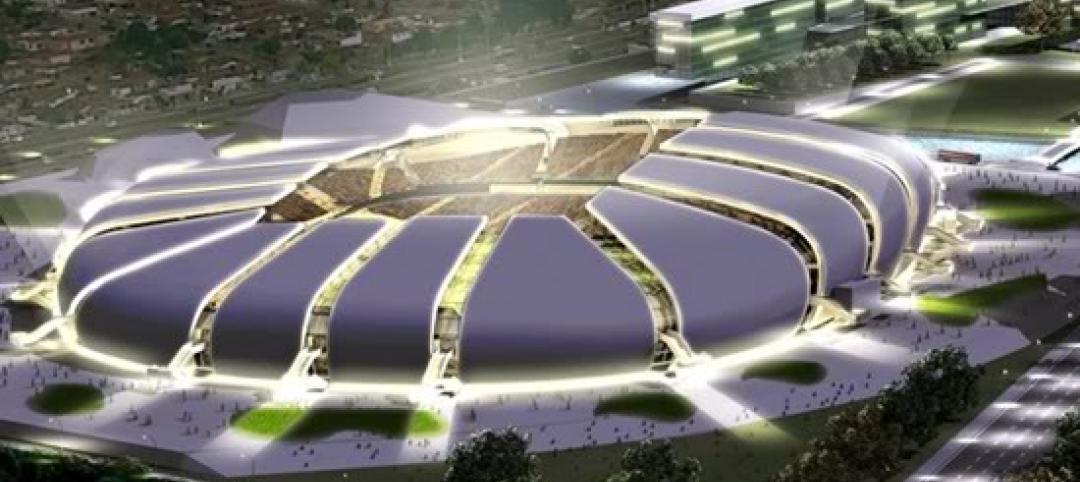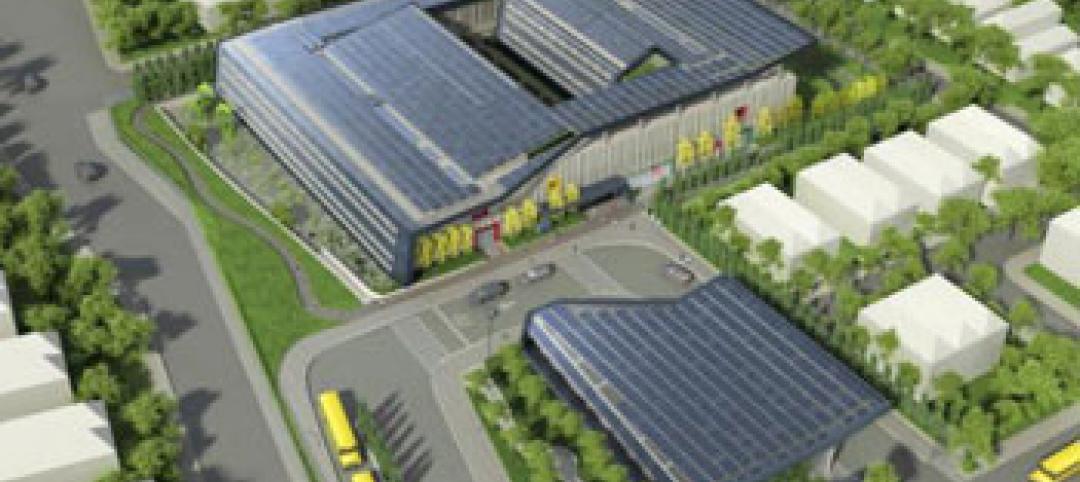Carbon dioxide has become far too prevalent in our atmosphere and is a large component of greenhouse gases that many believe are responsible for climate change. But what if this excess carbon dioxide could be harvested from the atmosphere, repurposed, and used to make a clean, renewable energy source that already exists more efficient?
It sounds like a plan Doc Brown would have concocted and then hurriedly told Marty McFly about as a group of angry terrorists bared down on them, but this isn’t the stuff of science fiction like a flux capacitor, this is very much based in reality.
GE believes it has found a way to harvest CO2 and use it to create solar batteries, Digitaltrends.com reports. Solar energy is a great source of renewable energy, but there is a problem: the sun needs to be shining in order to harness its power. Currently, there isn’t a very efficient means of storing energy produced from solar power to keep it available to the grid whenever it is needed, even if the sun isn’t currently shining, but that could all change.
Here is how the two-stage process works: solar energy would be captured and stored in a liquid of molten salt. Harvested and stored CO2 would then be cooled into dry ice and, when power is needed, the salt would turn the dry ice CO2 into a “supercritical” fluid (which is defined as matter that does not have specific liquid or gas phases). This supercritical fluid would then flow into a CO2 turbine called a sunrotor and the energy would be disseminated as needed.
If it seems complicated, well, that’s probably because it is. But don’t worry, just because something being complicated often times means it is inefficient and/or expensive, that isn’t the case here.
Not only would the process be cheap since energy isn’t being made, just transferred, the sunrotors would also be able to operate with 68% efficiency. Gas power plants are typically only able to achieve 61% efficiency.
However, this process and the sunrotors are still a good five to 10 years away from actually being put into use, but the fact that the technology exists to not only suck some CO2 out of the atmosphere but to also use it to make renewable, clean energy sources more efficient and practical makes this a classic two birds with one stone scenario.
The overall effect of these sunrotors and this CO2 harvesting/storing process is reduced usage of fossil fuels for power generation, which would only work to eliminate even more CO2 from the atmosphere.
Related Stories
| Sep 13, 2013
Insurance expert: Managing green liability risk not so different from 'normal' risk mitigation
Worries about legal liability have long dogged the sustainable building movement, but insurance expert Karen Erger says sustainability lawsuits are caused by the same types of issues that have always prompted clients to sue AEC firms.
| Sep 13, 2013
Video: Arup offers tour of world's first algae-powered building
Dubbed BIQ house, the building features a bright green façade consisting of hollow glass panels filled with algae and water.
| Sep 11, 2013
New design for Chinese science park aims for zero-carbon footprint
A new design for Jinshui Science and Technology Park in Zhengzhou, China is aiming for a zero-carbon footprint.
| Sep 4, 2013
Smart building technology: Talking results at the BUILDINGChicago/ Greening the Heartland show
Recent advancements in technology are allowing owners to connect with facilities as never before, leveraging existing automation systems to achieve cost-effective energy improvements. This BUILDINGChicago presentation will feature Procter & Gamble’s smart building management program.
| Sep 3, 2013
Grand Junction, Colo., courthouse aims to be first net-zero building on National Register of Historic Places
After a two year renovation, the 95-year oldWayne S. Aspinall Federal Building and Courthouse in Grand Junction, Colo., is being evaluated for LEED Platinum status and may become the National Register of Historic Places’ first net-zero-energy building.
| Aug 27, 2013
College of the Desert in Palm Springs to produce more energy than it consumes
A 60-acre solar farm next to the College of the Desert in Palm Springs, Calif., along with a number of sustainable building features, are projected to help the campus produce more energy than it uses.
| Aug 19, 2013
Integration of solar panels in building skin seen as key net-zero element
Recent high-profile projects, including stadiums in Brazil for the upcoming World Cup and Summer Olympics and a bank headquarters in the U.K., reflect an effort by designers to adopt building-integrated photovoltaics, or BIPV.
| Aug 14, 2013
Green Building Report [2013 Giants 300 Report]
Building Design+Construction's rankings of the nation's largest green design and construction firms.
| Aug 12, 2013
New York’s first net-zero school will be a sustainability lab for city school system
An elementary school on Staten Island will be the first net-zero energy school in New York City and the Northeast. The school is designed to use half the energy of a typical New York public school. Construction will be completed in 2015.
| Aug 8, 2013
New green property index could boost REIT investment in more sustainable properties
A project by the National Association of Real Estate Investment Trusts (NAREIT), the FTSE Group, and the U.S. Green Building Council to jointly develop a Green Property Index could help REITs attract some of the growing pool of socially responsible investment money slated for green investments.


